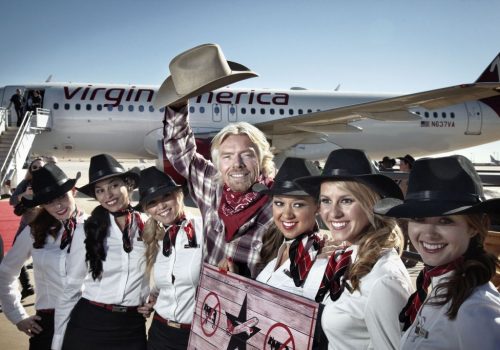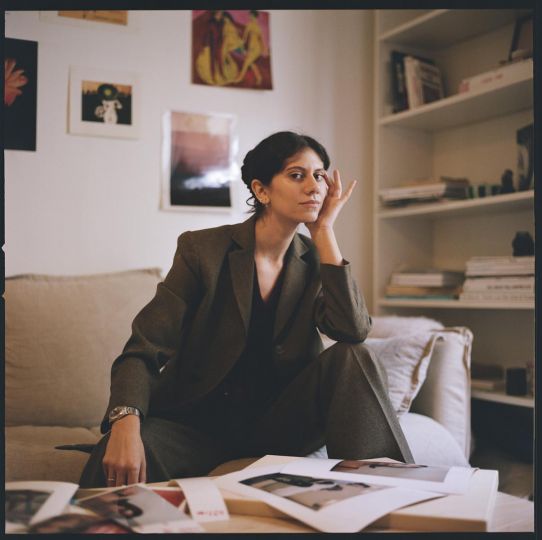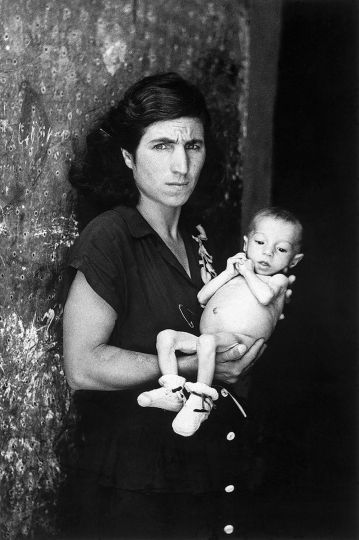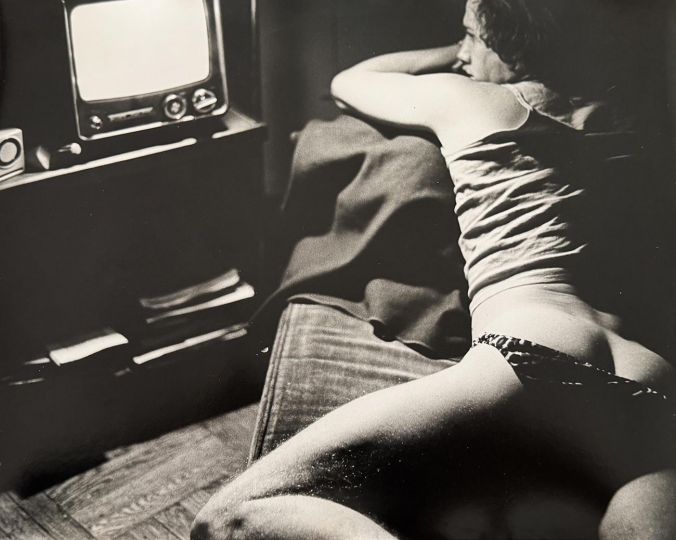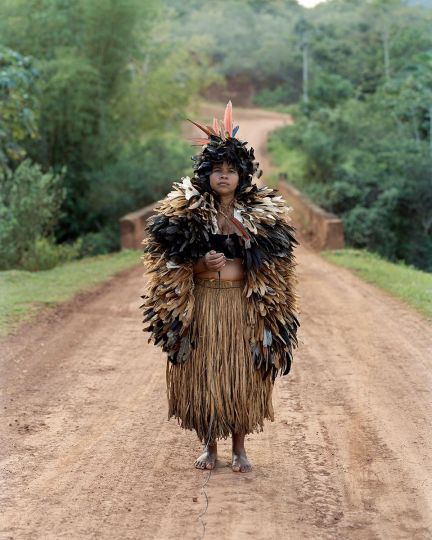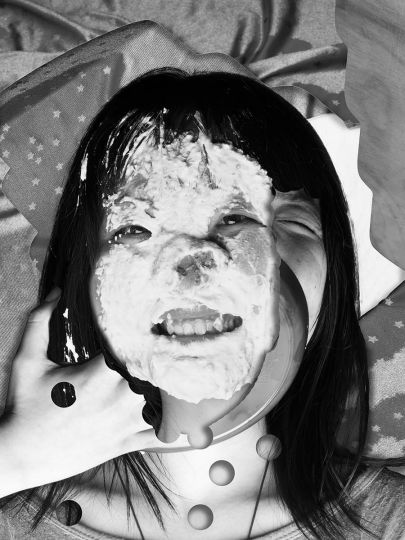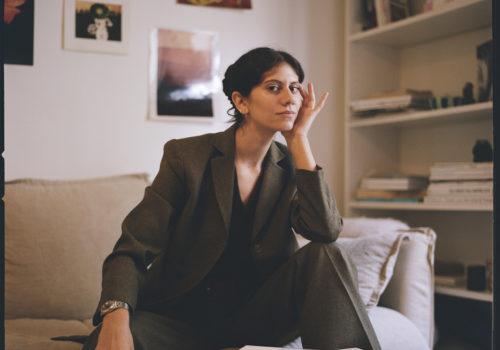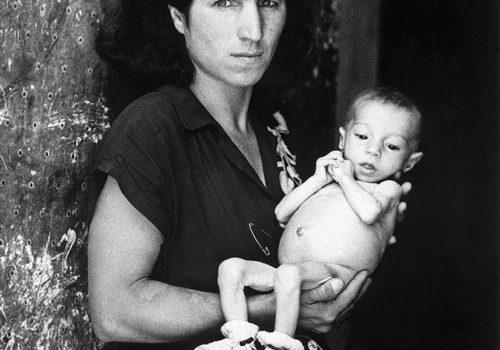Visiting a show allows us to feel the materiality of the photographic prints, the feeling of the exhibition’s space surrounding you as well as the links and references among the exhibits. We can even decide of our point of view, and, in doing so, we play our own role within the exhibition. That’s why the MAST decided to extend Uniform: Into the Work / Out of the Work until September. While waiting for the reopening, we can discover it online thanks to several digital contents: video-interviews with the artists, a virtual tour with the curator Urs Stahel, some selected issues outlined within the wide selection of materials on stage.
This article is reserved for subscribed members only. If you are already a member, you can log in here below.
Subscribe for full access to The Eye of Photography archives!
That’s thousands of images and articles, documenting the history of the medium of photography and its evolution during the last decade, through a unique daily journal. Explore how photography, as an art and as a social phenomenon, continue to define our experience of the world. Two offers are available.
Subscribe either monthly for 8 euros (€) or annually for 79 euros (€) (2 months offered).

